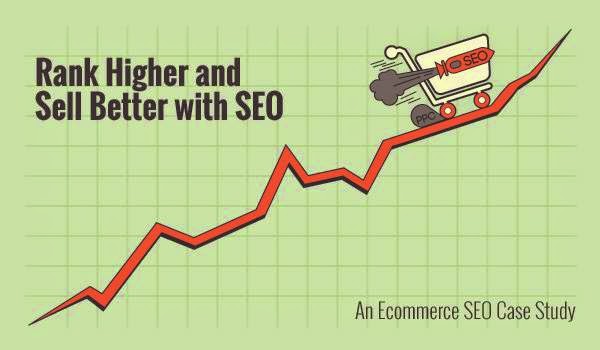Great! So where should you start? And is there an easy blueprint to follow?
We’ve experimented a lot with various Facebook marketing tips over the past several months, and we’ve enjoyed figuring out the best way to create and manage our Facebook page here at Buffer. I’d love to share with you how the process has worked so far!
Since things continue to change regularly with Facebook and its algorithm, consider this A to Z guide as a great jumping off point. Start here, test what works for your individual business and brand, and make changes as you learn.
Step 1: Fill out your basic business info
Open the following URL to create a business page on Facebook:
https://www.facebook.com/pages/create.php
Once there, you’ll choose one of the following six categories for your page:
1. Local business or place
2. Company, organization, or institution
3. Brand or product
4. Artist, band, or public figure
5. Entertainment
6. Cause or community
It’s something to think about when choosing a category.
Following the category selection, the next setup screen will ask for a descriptive sentence or two about your page, a URL, a Facebook page URL, and a profile picture. If you’ve selected a local business, you’ll also have the ability to select category tags to further define what your store sells.
About your page – You get 155 characters to describe your page. This description appears prominently near the top of your Facebook page on both desktop and mobile. Be as descriptive and helpful as possible.
URL – The web address for your store, company, or brand.
Facebook URL / username – You may have the option to choose a custom vanity URL for your page, i.e. facebook.com/yourbrandname.
(In some cases, Facebook will ask that you reach 25 fans first before you can unlock a custom Facebook URL.)
Profile picture – Upload a main profile picture/icon for your page. This photo will appear as your icon every time you comment on a post or publish in a news feed. Square dimensions are best. Facebook will force rectangular photos to be cropped to squares.
Profile pictures should be at least 180 pixels wide by 180 pixels tall. Here is a full list of the sizes that Facebook uses for your profile picture in various places around the site:
The main profile image on your page – 160 x 160
In a news feed – 100 x 100
In your timeline – 86 x 86
Next to comments – 43 x 43
The final two steps in the setup process include adding your page to your main Facebook menu (so you can access it quickly and easy each time you log in) and setting up a Facebook ad to promote your new page. These options can be skipped for now.
Step 2: Create an awesome cover image in a snap (no designer required!)
By this point your page is live for all the world to visit. Let’s see if we can make it look even snazzier.
First thing, add a cover photo. The cover photo appears across the top of your page and is a great opportunity to deliver a visual element that supports your branding, draws attention, or elicits emotion from your visitors.
The dimensions for your cover image should be a minimum of 851 pixels wide by 315 pixels tall.
You can certainly hire a designer to make you something fabulous, or you can go the DIY route. Many photo editing apps like Pic Monkey or BeFunky can help with creating images of just the right dimensions. Canva is another super helpful tool for Facebook cover photos as it comes with several premade templates that look great right out of the box.
Here’s an example of a Canva template you could choose. You can upload your own image to use as the background, and you can edit the text to say whatever you’d like.
Step 3: Fill out your profile completely
Next, you can fill out your profile even more by adding information to your Page Info section. To access this section, click on Settings in the top menu bar on your page, then click Page Info.
Step 4: Add collaborators to your page
If you plan on sharing your Facebook marketing duties with a team, you’ll want to grant access for various folks and various roles.
Here are the roles that you can choose from:
Admin – Complete and total access to everything (you are an admin by default)
Editor - Can edit the Page, send messages and post as the Page, create ads, see which admin created a post or comment, and view insights.
Moderator - Can respond to and delete comments on the Page, send messages as the Page, see which admin created a post or comment, create ads, and view insights.
Advertiser - Can see which admin created a post or comment, create ads and view insights.
Analyst - Can see which admin created a post or comment and view insights.







.jpg)


